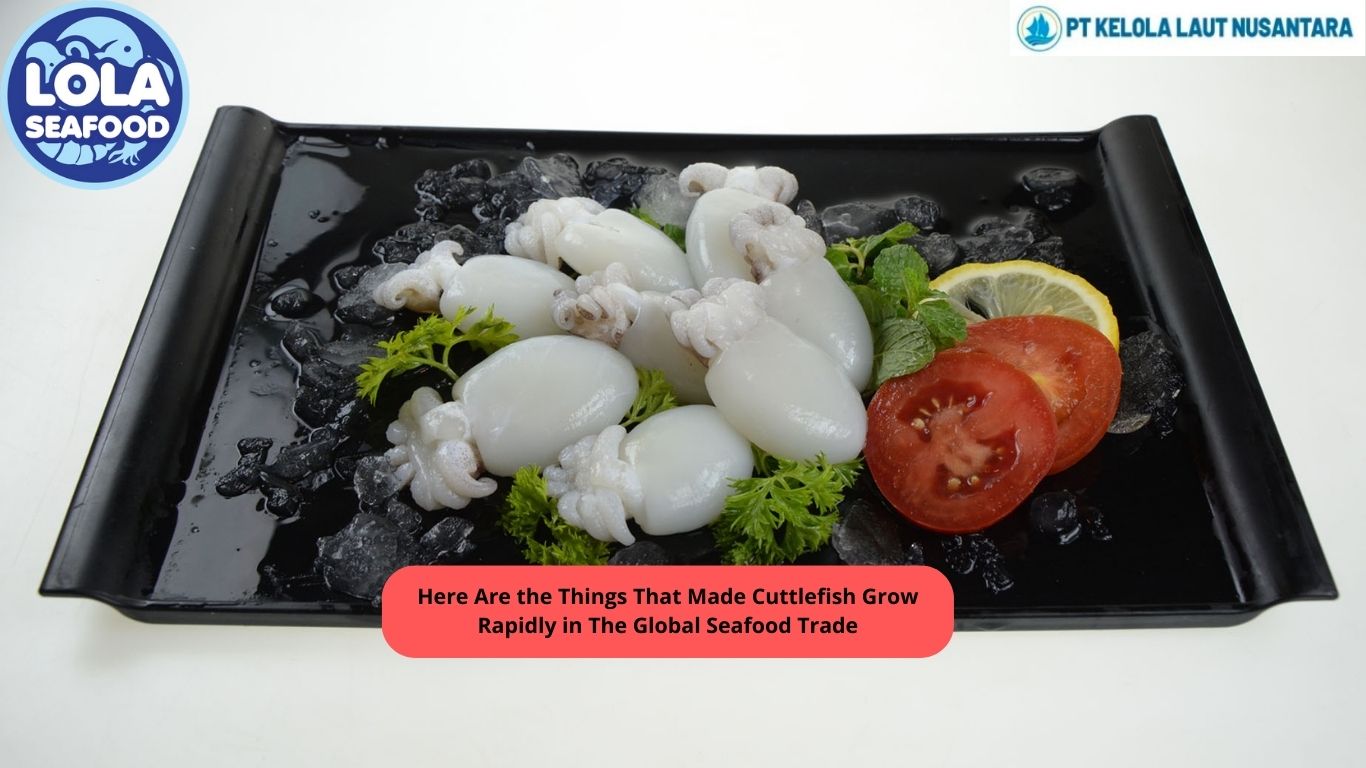Oxygen Requirement for Bacteria
By. Najih - 27 May 2024.jpg)
Oxygen requirements are discussed as aerobic (microbes must have oxygen to grow) and anaerobic (microbes cannot survive in the presence of free oxygen because it is toxic to them). Two other types of microbe oxygen requirements are facultative (microbe can grow with or without oxygen, but most do have a preference—yeasts are facultative) and microaerophilic (microbe requires a certain level of oxygen lower than that found in air). These last two oxygen requirements are not included in the lesson, but can be mentioned for advanced students.
Vegetative Cells vs. Bacterial Spores
In understanding the difference between vegetative cells and bacterial spores, it may be a useful analogy to compare them to seeds and seedlings. Think of bacterial vegetative cells as “seedlings” (small plants), which are relatively easily killed; bacterial spore-forming cells are analogous to seeds, which are more difficult to kill. Spore-forming cells can return to vegetative cells under favourable conditions.
The conditions required to kill bacterial spores varies with the genus and species of the spore. For example, to kill spores of Clostridium botulinum, temperatures of 240°F with moist heat conditions are required. Clostridium botulinum spores are not necessarily inactivated by baking, because even though baking temperatures are high, it is a dry-heat condition, and also because food temperatures rarely go above 210°F unless charring is taking place. Note that water boils at 212°F, so even that isn’t enough heat.
Relative Size of Microorganisms
The chart below shows the relative size of microorganisms and some other materials. Note the scale of size (across the top) is logarithmic, not linear: each unit is ten times bigger than the previous.
• Viruses are much smaller than bacteria.
• Bacteria are variable in size; there are very few so big they can almost be seen by the naked eye. Most are mid-range in size.
• Parasites, such as Giardia and Cryptosporidium, and yeast are larger than many bacteria, but are still microscopic.
To control such situations, vacuum-sealed foods are often treated with other factors to prevent anaerobic microorganisms from contaminating them.
Other operations that help exclude oxygen in foods include oxygen scavengers, which absorb oxygen in sealed containers.
- The team has conducted a thorough hazard analysis.
- Use airtight containers to keep excess oxygen out.
- Where applicable, use oxygen scavengers.
- Vacuum seal foods for long-term storage.
.jpg)
 (1).png)


.jpg)
.jpg)
.jpg)

 (3).png)